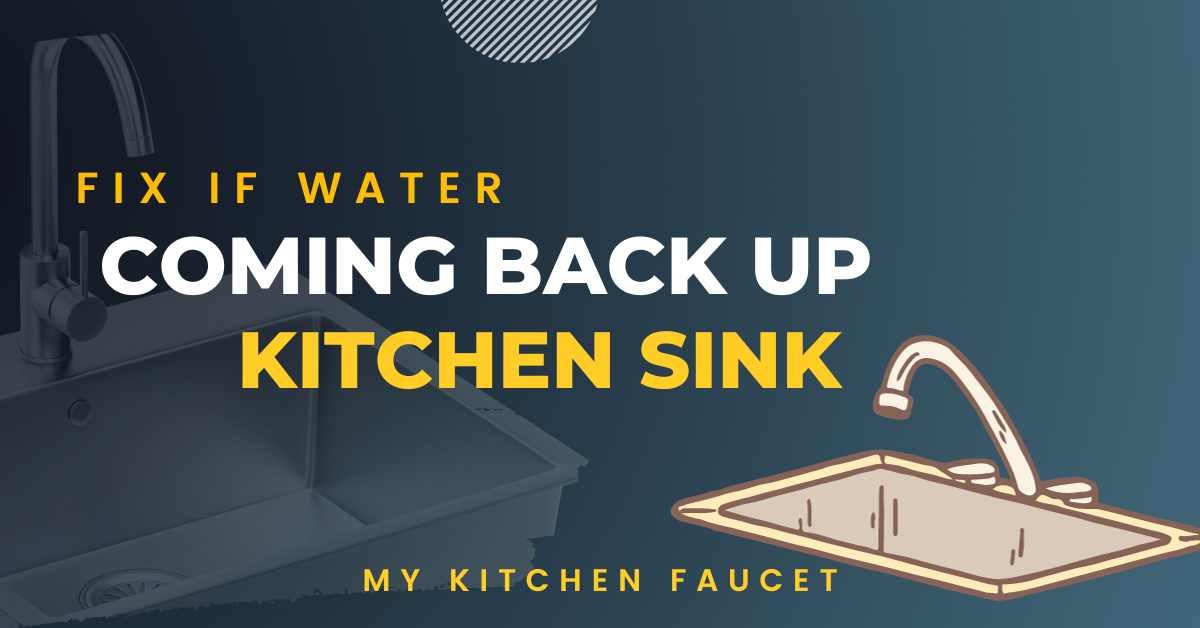Depending on the kind of sink and the intended application, the size of sink drain pipe is available in various diameters. Although 2-inch and 3-inch pipes are available, 1 1/2-inch pipes are the most typical size for contemporary drains. Even smaller pipes, including those with a diameter of 1 1/4 inches, may be found in certain older sinks, although they are less typical.
Also Read: How to remove Moen faucet handle without screws?
How to choose the right size of sink drain pipe
When determining the appropriate pipe size for your bathroom sink or sink drain, there are a few factors to consider.
State housing code
While 1-1/2′′ drain pipes are the industry standard, your state’s household plumbing rules can call for a different size. Each state has its own housing code, specifying a house’s fundamental plumbing specifications.
The housing code will determine the typical size of the drain pipe needed for your bathroom or kitchen drain.
Plumbing Norms
The plumbing standard is another element to take into account. A 2′′ drain pipe is needed for bathroom sinks according to a plumbing standard set by the National Kitchen and Bath Association (NKBA). Despite being a voluntary norm, many plumbers adhere to it.
Proper water pressure:
The availability and pressure of the water must be considered. You might need a bigger drain pipe to handle the volume of water flowing into your bathroom sink. Additionally, if your water pressure is strong, a bigger pipe could be necessary to stop water from spilling out of the sink.
A 2-inch pipe can transport up to six gallons per minute, compared to a 1 1/2-inch pipe’s maximum capacity of about three gallons per minute. A bigger drain pipe can be required if your water pressure or volume is excessive.
Obstructed pipes:
The potential for obstructed pipes is another factor to take into account. Consider upgrading to a 2′′ 2-diameter pipe if your bathroom drain pipe frequently becomes blocked or if hair frequently gets trapped in the drain. This will lessen the likelihood of your pipes clogging.
You must carefully install the pipe for your sink drain after choosing the appropriate size to guarantee optimal operation.
Components and Joints:
The material and joints are other factors to take into account. The diameter of the pipe will depend on the material used to make it. PVC pipes, for instance, normally have a 1-1/2′′ diameter, whereas the joints or connectors often have a 1-1/4′′ diameter.
This is because the diameter of the PVC pipes must be reduced during gluing or welding.
Measure correctly:
Start measuring from the outer lip of the sink rather than the basin itself if you’re replacing your sink with a drop-in sink with rims. Start measuring where the counter’s edge meets the sink if it is an undermount sink.
Find your sink’s length next. Your length is determined by fixing your measuring tape to the left edge of the sink and extending it to the right.
Measure the distance between the sink’s front and back edges to determine the width. Measure the distance from the top edge of the sink to the bottom to determine the depth.
Add a few inches to your depth if you want a deeper sink replacement. For instance, going from 7 to 10 inches is a considerable improvement.
P-Trap:
P-traps are U-shaped fittings installed in sinks to keep sewage gases out of homes. The P-trap will also determine the size of the drain pipe you require. P-traps typically measure 1 1/2 inches in width, but you may buy them in 2- and 3-inch widths.
Vertical Drain Pipe:
The pipe connecting the P-trap to the main sewer line is the horizontal drain pipe. Although the horizontal drain pipe can be any size, most are between 1 1/2 and 2 inches.
Why do you need to purchase a properly sized sink pipe?
Correct sink sizes are important for several reasons, including back and neck aches, a lack of room, drippy sinks, and the potential for damage, but did you know that they’re also essential for house sellers?
Nearly 40% of purchasers, according to recent real estate research, choose properties that don’t need any repair or improvements. The improper sink size might frighten away potential buyers, especially if it’s an integrated sink, which prolongs the time your property is on the market.
Upgrade your sink before you sell since, according to a different survey, buyers rank the kitchen as the most significant room in the house. Before making an offer, purchasers should take kitchen sink measurements into account.
FAQs:
- Can you change the height of the sink drain?
The sink drain’s height can be changed, especially if the drainage system is likely to be hampered by the existing height. But you need to monitor the outflow and all related components precisely.
Inaccurate measurements might compromise the correction and jeopardize safety. If you are unsure of the steps or don’t have the necessary expertise, you may hire a professional plumber to adjust the height to the required position.
- What size pipe should a sink drain have?
The 112-inch dimension is utilized to catch any water splashing out of a tub, bathroom vanity, or kitchen sink. The two-inch pipe may be used as a vertical stack for a kitchen sink and is frequently used to drain a shower stall or washing machine. In households, toilets are piped using three-inch pipes.
Conclusion:
Although the ideal rough-in height for sink drains varies depending on several circumstances, it typically ranges from 18 to 20 inches above the room’s floor. Before taking the measurement, check the P-trap placement, counter height, sink size, and pipe connections.
The sink may then be installed properly after taking precise dimensions. Always remember that hiring a professional plumber will provide superior results, particularly if you must pass inspections or get permission.





